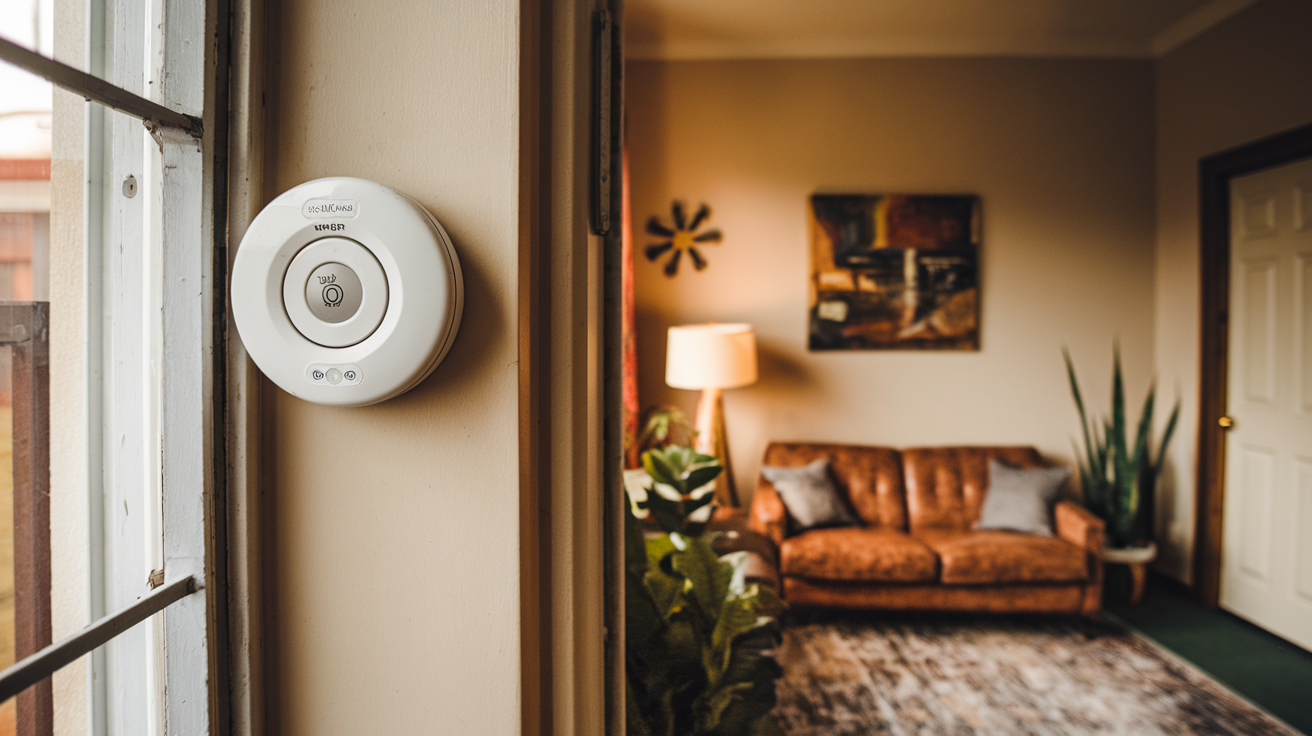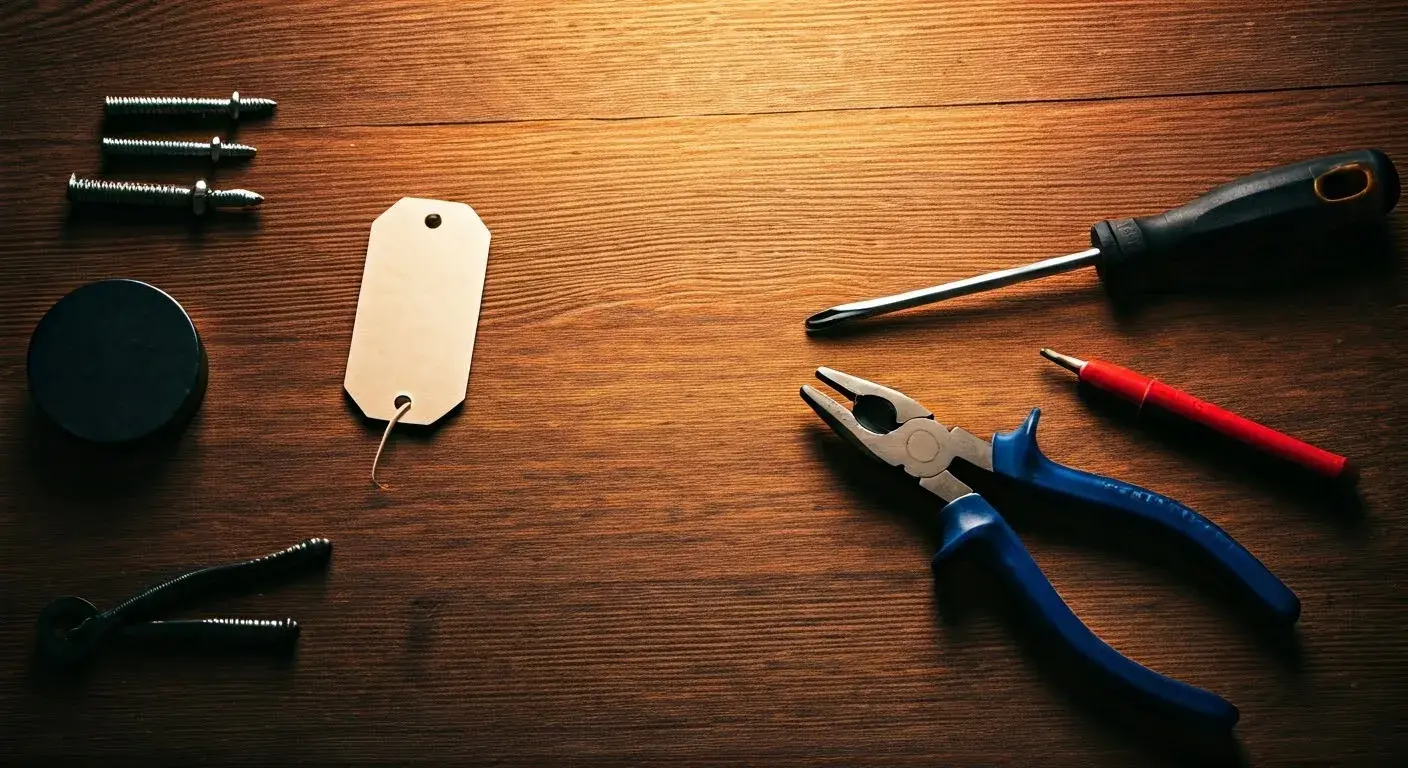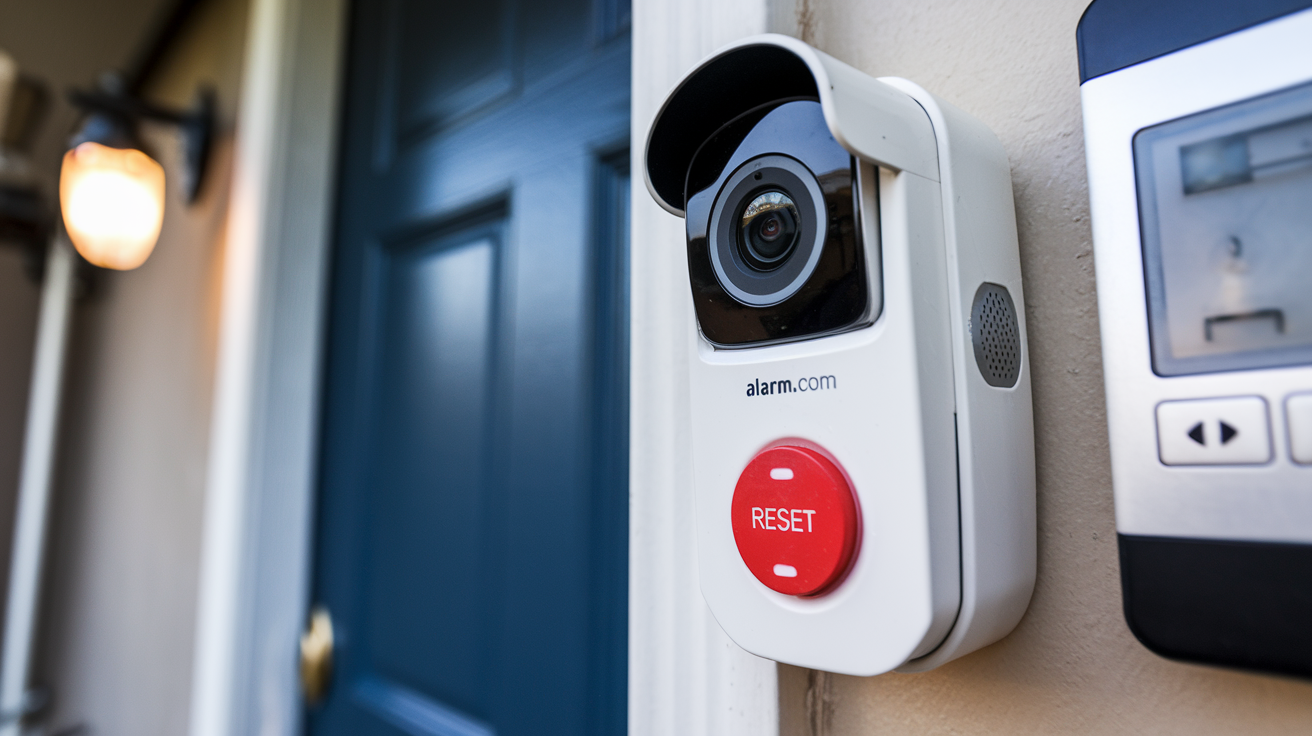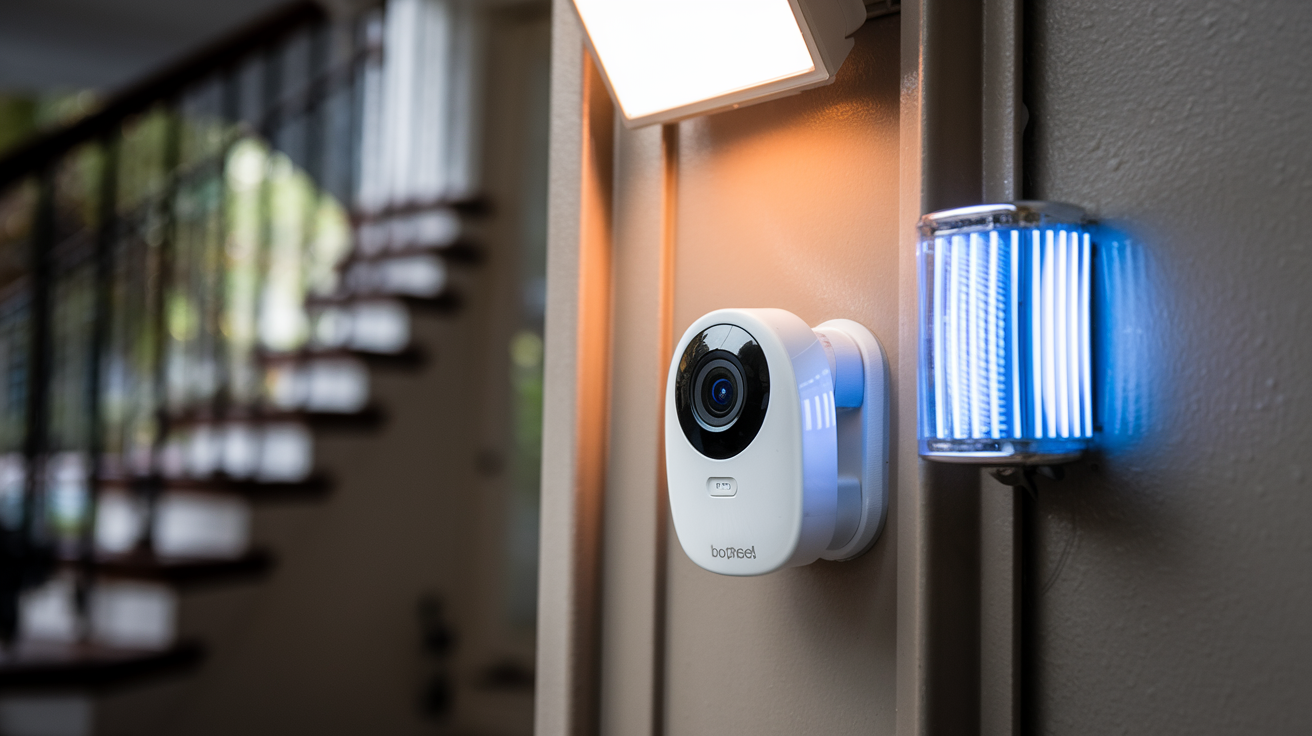Carbon monoxide CO is an odorless, non–toxic gas that can be fatal in small concentrations. Also referred to as the silent killer, carbon monoxide is formed wherever fuel including gas, oil, kerosene, wood, or charcoal is burnt. Carbon monoxide poisoning can easily be mistaken for the flu and the signs of this poisoning include headache, dizziness, nausea, breathing difficulties, and confusion. This exposure may cause unconsciousness, brain damage, or even death if exposure is prolonged.
It is therefore important that you get carbon monoxide alarms fitted inside your home to prevent your family from being at risk of carbon monoxide poisoning. However, where should one be installing these devices, which could mean the difference between life and death? Explains where carbon monoxide detectors should be placed in your home.
Near Sleeping Areas
Occupants should also use carbon monoxide alarms on all floors in the house and close to all bedrooms. This also encompasses bedrooms and other living areas such as dens where dwellers often take power naps. Basements and bonus rooms above garages should also be equipped with CO detectors if they are used for sleeping purposes. The Consumer Product Safety Commission has recommended that the alarm be positioned no further than feet away from each bed. Such placement guarantees that the alarm will wake the occupants who will then be in a position to leave the building as soon as the carbon monoxide levels start to rise again.
On Every Floor
It is required to install at least one carbon monoxide alarm per floor to ensure maximum protection. CO is heavier than air, and as a result, it concentrates in an area with high density throughout the building at a lower level. Therefore, having detectors close to the floor level will allow for faster detection. Moreover, more alarms ensure that overall coverage is provided in case one specific alarm stops working efficiently. Base, ground, and upper floors should always have carbon monoxide alarms, even if the house does not have bedrooms in these areas. Total home coverage should be provided.
Near Fuel Burning Appliances
Because CO is produced from combustion appliances such as furnaces, fireplaces, water heaters, and ovens, the placement of CO alarms in the rooms adjacent to these units is critical. This also makes it possible to give the fastest warning when the leak is detected. It is also important to realize that fuel-burning devices do not have to be inside to be a threat. You should also install CO detectors near exhaust vents of household machinery such as central air conditioning or clothes dryers if exhaust could penetrate inside the house. Those positioned close to an attached garage interior door will indicate presence within the residence of vehicle emissions.
Avoid These Locations
However, there are some poor placement techniques with CO, even though it diffuses rather quickly Some of the poor places to place your CO alarms are as follows: There is also a danger of putting alarms directly above or beside fuel-burning appliances. High levels near the source may saturate alarms before reaching the occupied zones of your domicile. Do not use it in very humid areas like the bathroom or moldy basement. Moisture can damage detectors. Also, avoid situations where the place is dusty as this may lead to false alarms or contaminate the heads of the sensors. It is always wrong to install alarm systems in the kitchen or garages because their fumes might trigger the alarms. Lastly, avoid placing the robot in locations that are characterized by high temperature or intense light, as this may harm the operation of the sensors. Please adhere to the following instructions for the best positioning.
Added Precautions
A complete carbon monoxide detection system would require more than one alarm at appropriate places, especially near sleeping areas. Furthermore, it is recommended to install warning signs near the combustion appliance installations, informing about the dangers of carbon monoxide. Think of an alarm that has digital displays that show the current levels of Co in the air, when the batteries are low, and when the alarm is not functioning correctly. Check all your detectors as often as the manufacturers recommend. These two important steps offer complete protection but be cautious especially if windows are insulated for functionality. Even without leakage, CO concentrations can still rise to dangerous levels if there is inadequate airflow. If you or anyone in your household has a history of anemia or circulatory system disorders, discuss this with your doctor since you are more susceptible to the effects of carbon monoxide. Continue to be alert and make sure to change worn-out or damaged detectors to ensure safety in your house.
On a general note, one can install carbon monoxide alarms where occupants require the earliest alarm with a little strategic planning guided by these recommendations. Placing detectors on every floor, near appliances that burn fuel, and beside bedrooms to ensure total and accurate security. So, performing the tests regularly and maintaining the alarm’s condition will help your family stay safe. One should not underestimate threats associated with the presence of carbon monoxide. Sleep assured with properly installed CO detectors monitoring your home.
Protect your home today with ADT’s top-rated security solutions!
Call now at +1 877-470-7879 to get a free consultation and find out how you can secure your home with the best in the business. Don’t wait—ensure your peace of mind with ADT!







